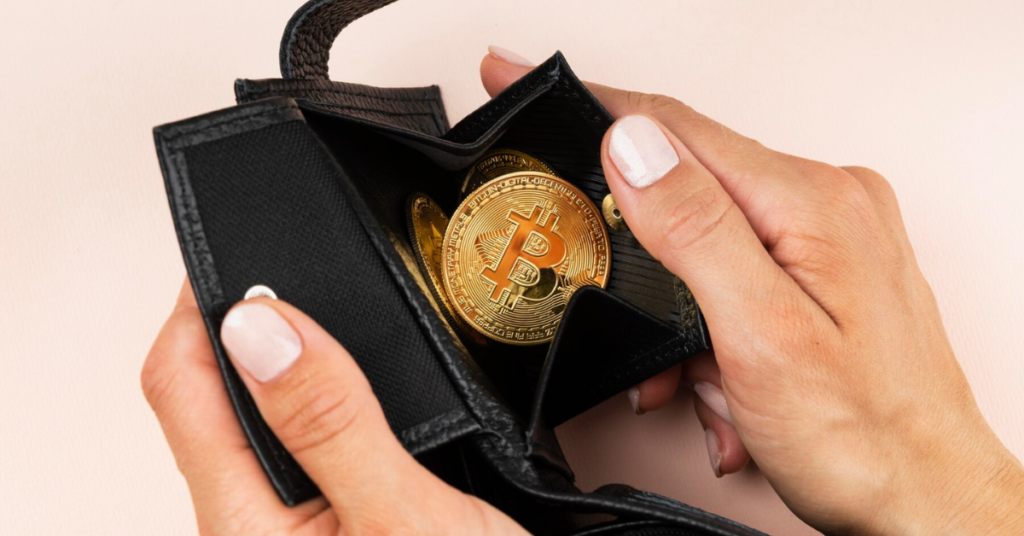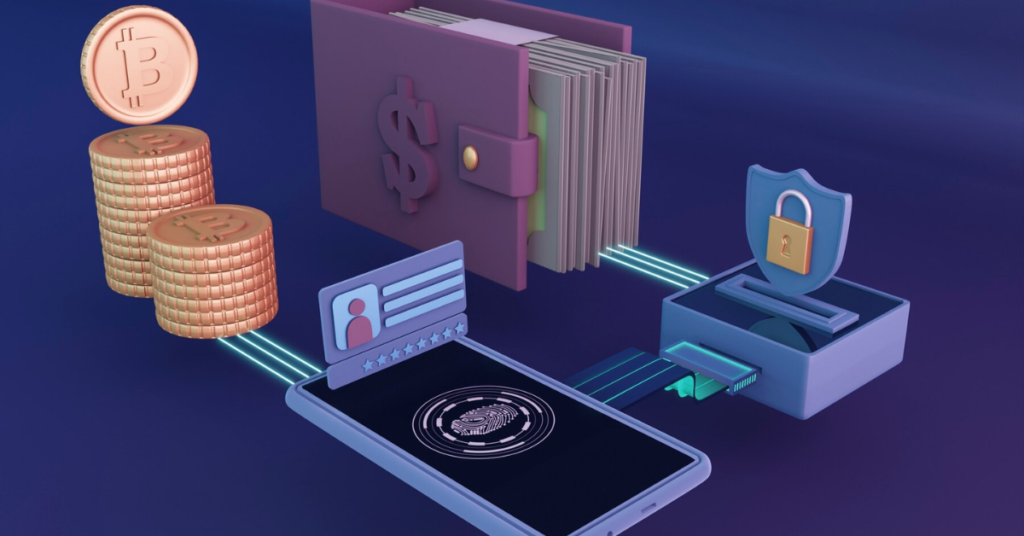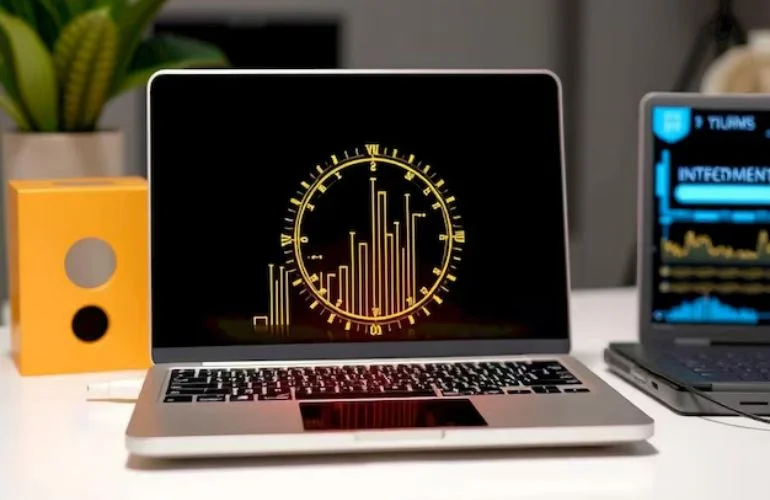If you’re curious about what happens after your crypto wallet signs a signature, you’re in the right place! Understanding this process is crucial if you’re getting into cryptocurrency. This guide will break down the steps that occur once a signature is signed by your wallet, why it’s important, and how it affects your transactions. Let’s dive in and make things simple.
When a crypto wallet signs a signature, it sets off a critical sequence of events in the cryptocurrency transaction process. First, the transaction, now signed with your private key, is broadcasted to the blockchain network, where it is sent to all the nodes (computers) within that network. These nodes then verify the transaction by checking if the signature matches the sender’s public key, confirming that the transaction is legitimate and authorized. Once verified, the transaction is included in a block, which is then added to the blockchain—a public ledger recording all transactions.
The network subsequently begins confirming the transaction; multiple confirmations are often required to ensure the transaction’s validity. Each confirmation indicates that the network agrees the transaction is valid. Finally, after sufficient confirmation, the transaction is finalized, transferring the cryptocurrency from your wallet to the recipient’s wallet. At this point, the transaction is complete and irreversible, ensuring that it is secure, transparent, and trustworthy.
The Basics: What Happens After a Crypto Wallet Signs Signature?
Before we explore what happens after a crypto wallet signs a signature, it’s essential to know what a signature is in the crypto world. In simple terms, a crypto wallet signature is like a unique digital stamp that proves you authorized a transaction. When you sign a transaction, it means you agree to send your cryptocurrency from your wallet to someone else’s wallet.
This signature is created using your private key, which is a secret piece of data that only you should know. Think of it as your password but much more complex and secure.

The Signing Process: How It Works
When you want to send cryptocurrency, your wallet generates a transaction. This transaction contains information like the amount of cryptocurrency you want to send and the recipient’s wallet address. Before this transaction can be processed, it needs to be signed.
Here’s how it works:
- Transaction Creation: You create a transaction in your wallet.
- Signing: Your wallet uses your private key to sign the transaction. This signature ensures that the transaction is authentic and that you have authorized it.
- Broadcasting: After signing, your wallet broadcasts the transaction to the blockchain network.
What Happens After Your Crypto Wallet Signs Signature?
Now, let’s focus on the main question: what happens after your crypto wallet signs a signature? Here’s a step-by-step breakdown:
1. Broadcasting the Transaction
Once your wallet signs the transaction, it is broadcast to the blockchain network. Broadcasting means sending the transaction to all the nodes (computers) in the network. These nodes help validate and confirm the transaction.
2. Verification by Network Nodes
After the transaction is broadcasted, it needs to be verified by the nodes in the network. These nodes check if the transaction is valid by ensuring that the signature matches the sender’s public key. If the signature is valid, the nodes will accept the transaction.
3. Inclusion in a Block
Once verified, the transaction is added to a block. A block is like a bundle of transactions. This block is then added to the blockchain, which is a public ledger that records all cryptocurrency transactions.
4. Confirmation
The transaction is considered complete after it’s added to the blockchain. However, it might take some time to get fully confirmed. Confirmation means that the network has agreed that the transaction is valid. Most transactions require multiple confirmations to ensure their validity.

5. Finalization
Once confirmed, the transaction is finalized. The cryptocurrency is transferred from your wallet to the recipient’s wallet. The process is now complete, and the transaction cannot be reversed.
Why Is This Process Important?
Understanding what happens after a crypto wallet signs a signature is essential for several reasons:
- Security: The signing process ensures that only the owner of the private key can authorize transactions, keeping your funds secure.
- Trust: The blockchain network verifies and confirms transactions, making sure they are legitimate.
- Transparency: Every transaction is recorded on the blockchain, providing a transparent history of all transfers.
How Long Does the Process Take?
The time it takes for a transaction to be confirmed can vary. It depends on the cryptocurrency network and how busy it is. Some transactions can be confirmed in minutes, while others might take hours.
FAQs
1. What Happens After a Crypto Wallet Signs Signature?
So What Happens After a Crypto Wallet Signs Signature created using your private key. It proves that you authorized a transaction from your wallet.
2. Can I reverse a transaction after it’s signed?
No, once a transaction is signed and broadcasted to the network, it cannot be reversed.
3. How many confirmations does a transaction need?
The number of confirmations required can vary depending on the cryptocurrency. Bitcoin, for example, usually requires six confirmations.
4. Why is my transaction taking so long to confirm?
Transaction time can be affected by network congestion. If many transactions are happening at once, it might take longer for your transaction to be confirmed.
5. Is my private key safe during the signing process?
Yes, your private key remains safe during the signing process. The wallet uses it to create a signature without exposing the key itself.
Conclusion
In conclusion, What Happens After a Crypto Wallet Signs Signature understanding what happens after a crypto wallet signs a signature is vital for anyone using cryptocurrency. The process involves broadcasting the transaction, verification by network nodes, inclusion in a block, confirmation, and finalization. This process ensures that your transactions are secure, trustworthy, and transparent. Now that you know how it all works, you can confidently manage your cryptocurrency transactions!For more in-depth information, you can check out resources like Blockchain.com or Investopedia.











